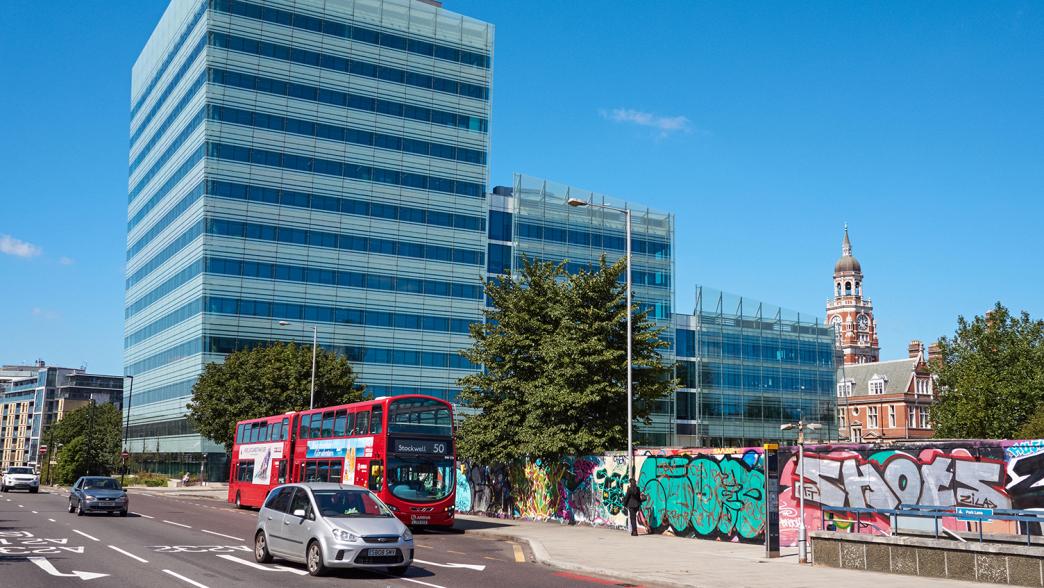Croydon Council’s struggle to balance the books
Latest financial statement should be a warning to other strapped councils – and to the government, says Matthew Fright

Latest financial statement should be a warning to other strapped councils – and to the government, says Matthew Fright
On 23 November, Croydon Council issued its third Section 114 notice in two years – effectively saying it cannot finance its spending.1 Until the notice is lifted, the council cannot make new spending commitments nor spend money on things it isn’t legally required to provide, like parks and community centres.2 The trigger this time was forecasts showing the council couldn’t finance its expenditure and would require £130m of spending cuts in the next financial year – around 43% of its annual expenditure.3
Other councils face similar problems. On 19 December Thurrock Council, in Essex, also issued a Section 114 notice declaring itself effectively bankrupt with an in-year deficit of more than £450m. Both are a warning to government on the poor health of many local authorities in England.
Previous action was only a sticking plaster
Croydon Council has struggled to finance legacy debts since before the pandemic. When we commented on its previous Section 114 notice in 2020 it had earmarked and unallocated reserves – that is, money the council could use to cover any unexpected increase in costs or decrease in revenues – equivalent to just 8.1% of council spending. This was much less than the median of 37% across all councils responsible for social care in England and one of the lowest of any council, something it had been repeatedly warned about by its auditors.
In 2020, Croydon secured from central government a four-year ‘Capitalisation Direction’ support package of £150m. This permitted the council to sell assets and undertake 20-year borrowing to prop up day-to-day spending.4 As result Croydon planned assets sales of £50m between 2021/22 and 2022/23; it also identified £90m of ‘efficiency’ savings over the same time period.5
The council remained in a precarious position to new financial challenges though. First, an ‘open book’ exercise (a review of the council’s financial assumptions) identified new legacy finance issues including new debts, inaccurate forecasts and accounting problems. Second, the council faces higher demands and higher inflationary costs. Third, despite recent autumn statement announcements reducing adult social care costs for the next two years this reprieve is not a long-term solution. In short, even with that intervention a financial package which could balance the books in 2020 couldn’t flex to accommodate these pressures.
Interest hikes make Croydon’s toxic debts harder to pay off
Croydon will remain in a precarious position due to its £1.6bn debt – almost £320m of which is made up from negative equity on poor investments. This has left the council highly exposed to interest rate changes with £300m (19% of the debt) financed through short-term lending at an average of 1.7%.6 The council now faces higher debt repayments with repayments rising to 4.65%,7 (whereas it previously anticipated interest payments of £27.5m in 2022/23 – Croydon’s updated Medium Term Financial Plan expects £47m this year and warns of £60m interest payments in the future).8
Croydon argues its debt levels, borrowing commitments and negative equity mean it will struggle to balance the books using a similar approach to last time. Each proposal – from bailouts to more generous repayment approaches – transfer the cost to government, something the UK government has resisted in the past. A solution isn’t expected for several weeks.9
Croydon’s struggles should be a warning to government
In the decade before the pandemic, cuts to government grants pushed councils to reduce or scale back neighbourhood services and seek other revenue sources including loans from central government and other local authorities to finance investments.10 Several councils including Northampton, Kent, New Somerset and Slough remain highly indebted and struggling to balance their finances.11
On 19 December, Thurrock Council issued its own Section 114 notice after declaring a £469m funding black hole this year linked to investments in 53 solar farms, a loans company and an energy technology firm.12 The council has expects a loss to the taxpayer of £275m on these investments and has set aside £130m for investment debt costs.13 The level of Thurrock’s council-to-council borrowing carries its own risks; analysis from the Local Government Chronicle shows as of September £324m is owed to 27 different authorities, such as Derbyshire County Council and Cornwall Council.14
Though the Department for Levelling Up, Housing and Communities contacted some councils over the summer over excessive debt levels,15 the harder financial environment – not least higher interest rates – mean the government needs to get a firmer grip of the financial risks facing local authorities. It should start by improving its monitoring and oversight of local authority financial health, so it better understands the scale of the problem, as it promised to in October 2020.16 Unless or until it does, local authorities will struggle to finance the services needed to ensure flourishing local communities.
- https://commonslibrary.parliament.uk/what-happens-if-a-council-goes-bankrupt/
- https://commonslibrary.parliament.uk/what-happens-if-a-council-goes-bankrupt/, https://www.instituteforgovernment.org.uk/blog/croydon-councils-bankruptcy-warning-uk-government
- https://democracy.croydon.gov.uk/documents/s41632/07 Report MTFS Update.pdf
- Croydon council declares effective bankruptcy for third time in two years | Local government | The Guardian
- https://democracy.croydon.gov.uk/documents/s41632/07%20Report%20MTFS%20Update.pdf page 3
- https://democracy.croydon.gov.uk/documents/s41632/07%20Report%20MTFS%20Update.pdf
- https://webcasting.croydon.gov.uk/17157-Council
- https://democracy.croydon.gov.uk/documents/s41632/07%20Report%20MTFS%20Update.pdf page 3
- https://www.mylondon.news/news/south-london-news/croydon-bailout-plan-wont-revealed-25648601
- https://www.publicfinance.co.uk/feature/2018/07/assessing-local-government-borrowing-options, https://www.nao.org.uk/wp-content/uploads/2020/02/Local-authority-investment-in-commercial-property.pdf
- https://www.bbc.co.uk/news/uk-england-essex-64028633, https://www.bbc.co.uk/news/uk-england-kent-63131677, https://www.lgcplus.com/finance/new-somerset-unitary-strives-to-avoid-capitalisation-directive-01-12-2022/, https://www.bbc.co.uk/news/uk-england-berkshire-63513164
- https://www.bbc.co.uk/news/uk-england-essex-64028633, https://www.thebureauinvestigates.com/stories/2022-11-29/thurrock-council-reveals-500m-black-hole-caused-by-ruinous-business-deals
- https://www.theguardian.com/society/2022/dec/19/thurrock-latest-council-declare-effective-bankruptcy
- https://www.lgcplus.com/finance/revealed-scale-of-thurrocks-borrowing-from-other-councils-15-09-2022/
- https://www.lgcplus.com/finance/exclusive-the-councils-under-fire-from-dluhc-over-investments-07-07-2022/
- https://committees.parliament.uk/publications/2948/documents/28297/default
- Topic
- Public services
- Keywords
- Local government Austerity
- Publisher
- Institute for Government